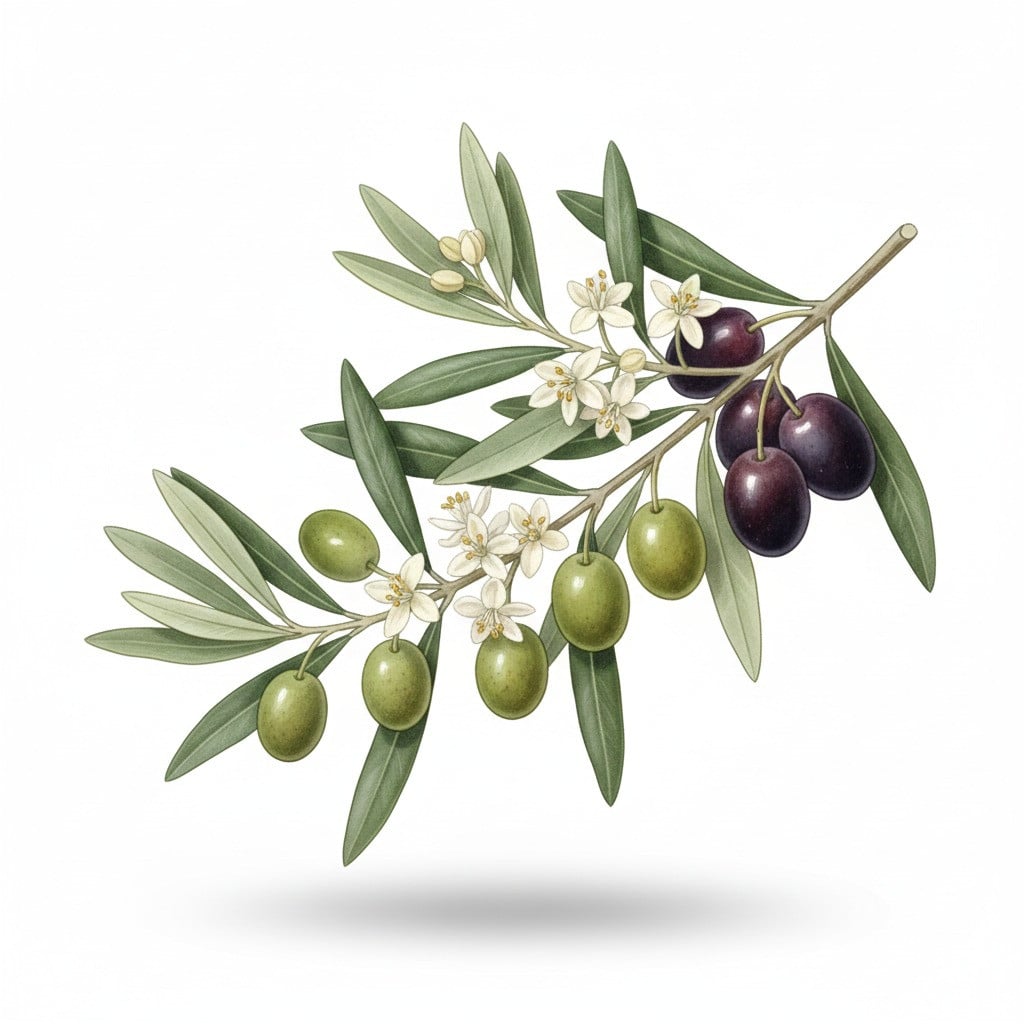Olive tree

Olive tree
Olea europaea
Plant family
- others -
Season Overview
Propagating
Planting
Harvest
Harvest
J
F
M
A
M
J
J
A
S
O
N
D
1ST YEAR
FOLLOWING YEARS
Details
Light requirement
Sunny
Water requirement
Dry
Soil
Light (sandy)
Nutrient requirement
Low
Light germinator
Germination temperature
25 - 30 °C (Degrees Celsius)
Plant distance
500 cm
Row spacing
500 cm
Seeding depth
0.5 cm
Instructions
Description
All the wonder of the olive tree is in the pit of the olive, where the seed is located. You can also plant your own olive tree from this. However, you cannot use olives from the supermarket. This is because they are treated. It is therefore advisable to buy the seeds from a specialist shop or locally during your next vacation. You will find particularly germinable seed in ripe, fresh and undamaged olives. Once you have the seed, you must carefully separate it from the pulp. To speed up germination, it is possible to carefully score the seed. If you have ordered a dried seed, you will need to soak it in warm water for 24 hours before planting it. The olive tree will bear its first olives very late. You can expect the first harvest after around six years. However, your olive tree will not produce the same yield as an olive tree in a grove. This is because these are grafted to produce a higher yield. The older the tree, the greater the yield, which reaches its maximum at around 20 years of age.
Origin:
Mittelmeerraum, Naher Osten, Afrika
Growing tips
As soon as you have pre-treated the core, you can plant it in germ-free potting compost with the tip facing upwards. The difference between potting soil and normal potting soil is that it is very low in salt or mostly salt-free. In addition, it does not contain any pathogenic seedlings that could impair the healthy development of the seeds. After planting, it is important to wait and keep the soil moist, not too wet! The seeds should also be kept in the pot at temperatures between 20 and 25 degrees.
Companion Plants
Antagonistic Plants
Aubergine / Eggplant
Broccoli
Broccoli raab / Stem cabbage / Cima di rapa
Brussels sprouts
Cabbage (Cabbage)
Cabbage (Pointed cabbage)
Cabbage (red cabbage)
Cabbage (Savoy cabbage)
Cauliflower
Chives
Collard greens
Collard greens (Kale)
Collard greens (Tuscan kale / Dinosaur kale / Palm tree kale)
Courgette / Zucchini
Cucumber / Gherkin
Garlic
Kohlrabi / German turnip / Turnip cabbage
Leeks
Napa cabbage / Chinese cabbage
Okra
Onion
Potato
Pumpkin / Squash
Tomato (Bush tomato)
Tomato (Cocktail bush tomato)
Tomato (Cocktail Stake Tomato)
Tomato (Stake tomato)
Ziergräser - Schilfrohr, Pfahlrohr, Rohrkolben
Ziergräser - Segge
Diseases
Root Rot
Angular leaf spot of cucumber
Pests
Mealybugs
Schildläuse
Spider mites
Aphids